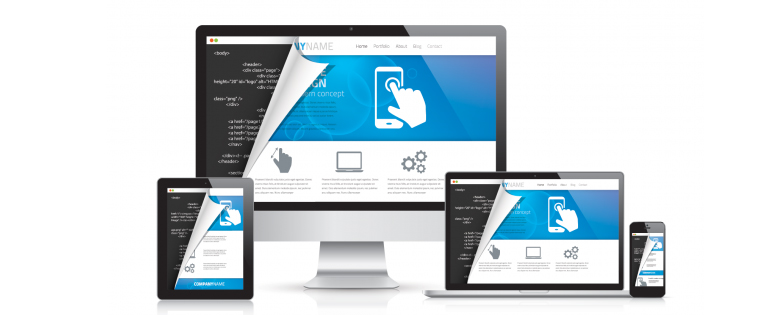6 Factors that Determine E-learning Development Time

This is a question many training managers ask. These L&D professionals wish to know the time required to develop an online course, as it plays a key role in determining the cost of the course – lengthier the course, higher the cost.
So, what is the right answer to this question? It depends. The time required to create an e-learning course is determined by 6 factors. Let us see what they are.
1. Duration of the Online Course
As a rule of thumb, the longer the e-learning course, more the time taken to develop it. A 60-minute web-based course takes more time to create, compared to 10-minute micro e-learning modules. Now, you may be wondering if there is a ballpark figure that can be used as a reference for this vital aspect. Indeed, there is one – it takes about 3 weeks to develop a one-hour online course, using rapid authoring tools such as Articulate Storyline. More about these tools a little latter.
2. Availability of “Development-Ready” Inputs
Many companies convert their classroom PowerPoint presentations to online courses. In a vast majority of cases, these materials contain only 50% of the learning content because the other 50% is conveyed by the instructor in the form of examples, anecdotes, stories, and so on. It takes time to bridge the gaps in the learning content and make the presentations ready for conversion. Instructional designers need to analyze the content to identify gaps, and then, they need to interact with subject matter experts (SMEs) to collect material required to fill those gaps.
3. Tool Used to Develop the E-learning Course
Rapid authoring tools such as Articulate Storyline and Lectora Inspire can be used to develop online courses faster, compared to Adobe Flash. This is because rapid authoring tools, unlike Flash, come with built-in e-learning course templates.These templates eliminate the need to create web-based learning materials from scratch, thereby shortening development time.
4. Number of SMEs Involved
Generally, e-learning projects that involve several SMEs take more time to complete, compared to those with one or two. In most cases, different SMEs voice different opinions, and it will take some time to reach a consensus.
5. Complexity of Animations and Interactivities in the Course
It takes less time to develop regular e-learning interactivities such as click-on-tabs, compared to learning interactions involving nested-branching, simulations, and gamification. Likewise, simple 2D animations can be developed faster than complex, “Hollywood-like” animations.
6. Availability of Stakeholders for Review
In several cases, e-learning development schedules are prolonged because of the inability of stakeholders to allocate adequate time to review the output delivered by vendors. This problem can be avoided to a large extent by drawing proper schedules, in consultation with the stakeholders. It is also a good idea to use tools such as Articulate 360 that allow stakeholders to review the work of learning developers, seamlessly, online.
The time taken to develop an e-learning course has a direct impact on its cost. The factors discussed above play a key role in determining the duration of an online course development project. Would you like to expand this list? Please do so.





